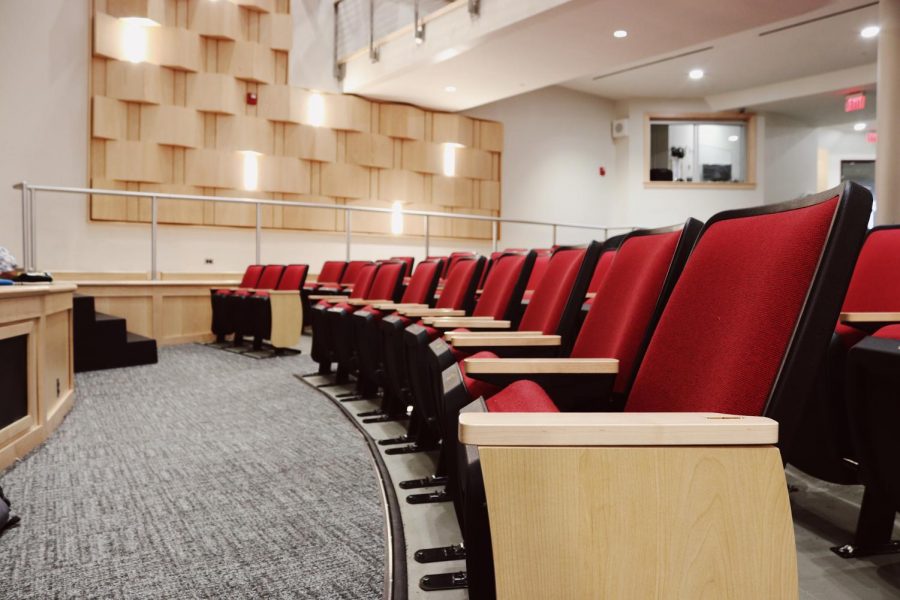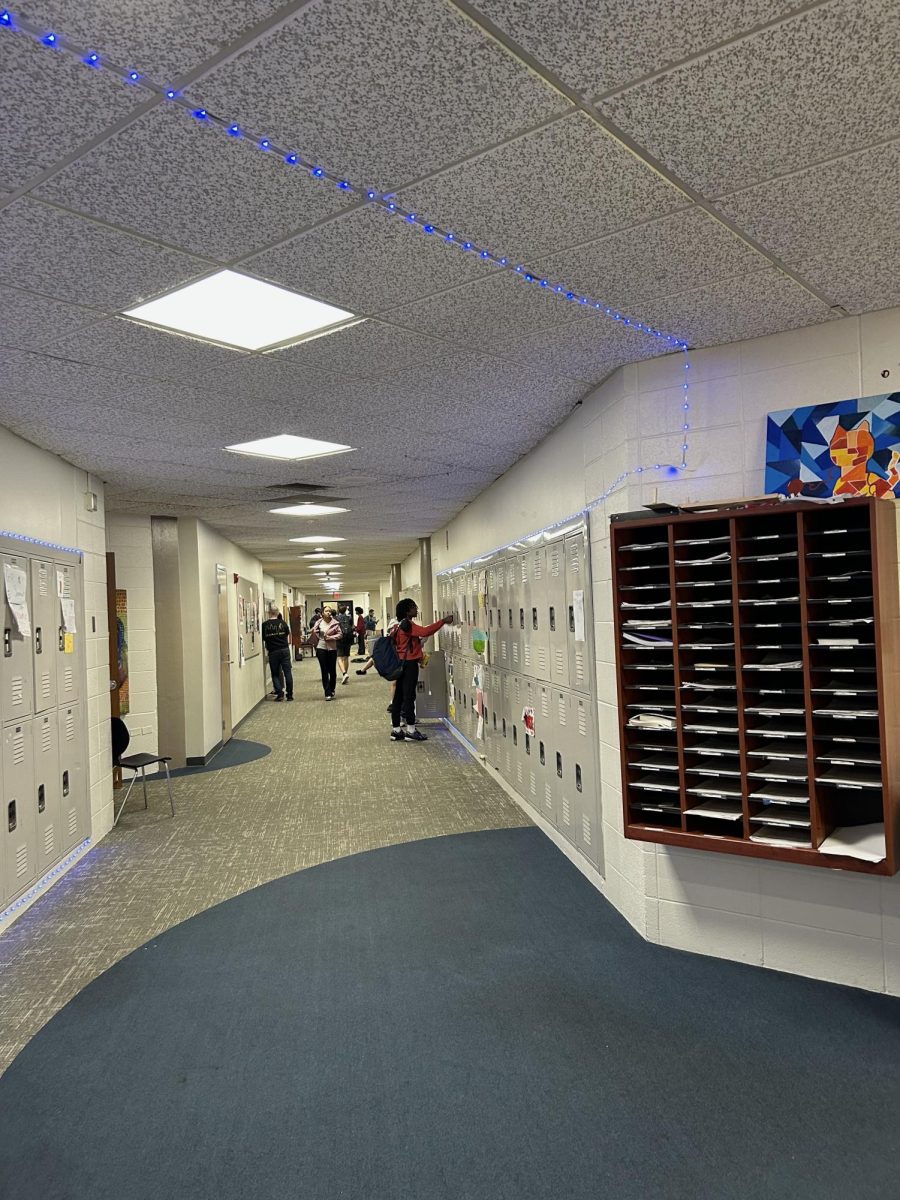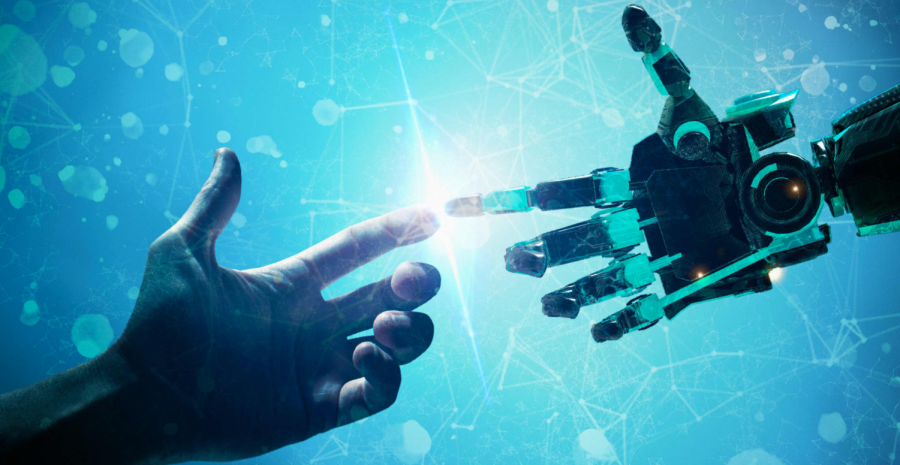The Fourth Industrial Revolution is Happening: What Do You Need to Know?
With the rapid development of technology, more advanced devices and programs are appearing such as artificial intelligence technology, 3D printing, and Big Data. At the same time, people’s reliance on the internet and technology has also increased. In 2016, Klaus Schwab, the founder of the World Economic Forum, announced the emergence of the Fourth Industrial Revolution, which has various implications on the daily lives of humans.
During the First Industrial Revolution in 1784, steam-based machines were invented; the Second Industrial Revolution around 1870 brough electricity-based machines in production industries; in the Third Industrial Revolution of 1969, people applied programmable computers in factories. In the 21st century, as digital devices spread over the world, we step into the beginning of the fourth industrial revolution, a world of “Internet of Everything,” with the internet and machines becoming smarter and more versatile.
In the book Fourth Industrial Revolution, Schwab explains, “The Fourth Industrial Revolution creates a world in which virtual and physical systems of manufacturing cooperate with each other in a flexible way at the global level.” To understand the Fourth Industrial Revolution, people need to focus on advanced technologies such as artificial intelligence (AI), which is described as the “convergence of the digital, physical, and biological spheres.” AI technologies currently exist in daily life, like virtual assistants on iPhones and websites, self-driving cars, drones, and service robots in restaurants. Other modern technologies like Big Data, which is able to deduce human preference by summarizing their browsing data; 3D printing, which benefits various industries such as engineering and medical industry; and Cobots, which can physically cooperate with humans, have marked the Fourth Industrial Revolution. As Schwab wrote in his book, “The fourth industrial revolution will change not just what we do, but also who we are”.
This revolution has positive and negative outcomes. L. Rafael Reif, President of Massachusetts Institute of Technology, said: “The Fourth Industrial Revolution promises gains in scientific knowledge, human health, economic growth, and more. But for most people worldwide, the prospect of a future in which robots and computers can perform many human jobs is a source of profound personal concern.” The improvements in technology promote every industrial revolution. More mature and well-established research environments, equipment, and data allow scientists to develop more advanced technologies effectively. For example, doctors use 3D printing technology to customize different surgical tools for other patients in the healthcare field. This technology will enable doctors to perform surgeries more accurately and increase the success rate of surgeries.
In manufacturing industries, traditional laborers are replaced by AI technologies and automated machines, increasing production efficiency with low costs. However, with more industries shifting to automation, job opportunities are often destroyed. According to research done by the University of Oxford and Morgan Stanley Research about the likelihood of a job becoming able to be automated, receptionists, retail salespersons, taxi drivers, and security guards, among others, are at a high rate of probability. Employers tend to hire high-skilled workers with specialized study and high education levels because jobs created in the Fourth Industrial Revolution require employees to have complex problem-solving skills and other skills that AI or Computers cannot perform. Due to these strict requirements, elder worker and low-skilled workers will lose their job opportunities.
To solve the problem of job loss, Reif suggests that people should immediately take action and replan for future changes. One method is “continuous up training,” which allows workers to learn new skills to help them solve complex problems. Reif describes this method as “a crucial tool to help individuals adapt to relentless change.” Friends Select STEAM Teacher Luisa Levine thinks that “supporting each other” and “working together” is essential for the Fourth Industrial Revolution because of the unequal distribution of growing technology globally.
As Luisa says, “If we choose to live in a society that prioritizes technology, we need to prioritize personal safety.” Employers and high-skilled workers who want to survive the revolution must maintain their institutions’ cybersecurity since trust is the backbone of the networks.
Schwab writes: “The new technology age, if shaped in a responsive and responsible way, could catalyze a new cultural renaissance that will enable us to feel part of something much larger than ourselves – a true global civilization.”























